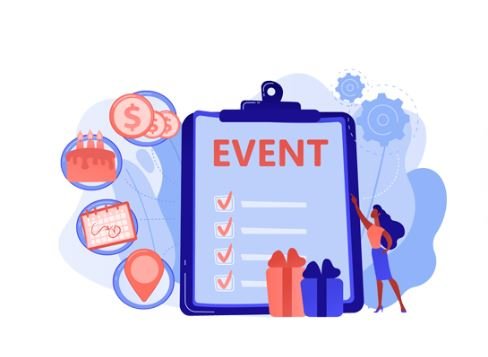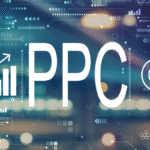A great event does not happen by luck. It happens because a skilled team plans every step. The room looks right. The flow feels natural. Guests know where to go and what to do. Behind that smooth feeling sits an event design agency.
Picking the right one can save you time, stress, and money. It can also turn a normal day into a memory that people talk about for years. The challenge is that many agencies look the same online.
Below are seven ways to spot a top-tier event design agency near you. Each point is easy to check, even if you are new to events. Use them like a small checklist, and you will feel more sure with every call and meeting.
1. A Portfolio That Shows Range and Results
Good design is not just about decoration, it is about making spaces useful and significant to people. This should be seen in the portfolio of an event design agency. Photos that emphasize considerate designs, e.g., clear circulation, safe pathways, and thoughtful seating, should be sought.
Are they versatile in events, conferences, product launches, weddings, fundraisers, etc? The signals of adaptability are Range signals. The bottom line is that the outcomes of an event design agency must demonstrate that they understand not only the visual aspect of an event but also its intent and intended effect.
2. A Clear, Step-by-Step Process
A good agency can describe its process in a way that does not use jargon, the way a good contractor can take you through a renovation.
You must understand what occurs first, your choices, and when money is dedicated. During initial conversations, pay attention to details.
When an agency can show you the path in plain language, it’s a good sign they’ll run the show day with the same calm confidence.
- Discovery: questions about goals, guests, brand, budget, and must-haves.
- Concept: mood boards, color stories, and a short story for the theme.
- Plan: scaled floor plans, seating charts, power maps, and run-of-show.
3. Strong Vendor Network and Local Know-How
Great design needs great partners. Ask which rental houses, florists, lighting pros, and caterers they trust and why. Local teams that work together often move faster and fix problems sooner.
They also know venue rules: dock hours, ceiling limits, fire codes, and noise curfews. These tiny details decide if your plan flies or fails. A quick tangent: the best cooks start with the right market. Event designers are the same. Good ingredients make a better dish.
4. References and Reviews You Can Verify
Pretty pictures are easy; steady service is harder. The surest way to judge reliability is to hear from people who have lived through load-in and strike with this team.
Confirm that credited venues and vendors actually worked together; names and tags should line up across posts. Finally, notice responsiveness during your own search: fast, thoughtful replies are often a preview of show-day behavior.
- Call at least two past clients. Ask what went right and what they would change.
- Check repeat business. If clients return year after year, that’s a strong sign.
5. Budget Transparency Without Games
A top agency treats budget as a tool, not a secret. You should see line items for labor, rentals, florals, lighting, print, and contingency. Ask what is fixed and what can flex. Ask where DIY can help and where it hurts.
Good teams will share two or three options at different price points and explain the trade-offs. Watch for vague “design fees” with no scope, or vendors you must use without reason. Clear numbers build trust and save surprise costs later.
6. Day-Of Management and Problem Solving
Design lives or dies in execution. On the day, you want one calm leader who knows the plan cold and has the authority to make fast calls.
A thoughtful team will also brief your VIPs and MC, so intros and stage moves feel smooth. In short, you’re buying problem-solving under pressure; the plan is important, but the ability to adapt is what keeps the show on time.
- Dedicated lead on site: one person owns the timeline and answers.
- Backups: spare bulbs, tape, batteries, signage, and simple tools.
- Plan B: weather, traffic, and late deliveries are all covered.
7. Real Chemistry and Quick Communication
You will exchange many messages and make many choices. Work feels better when the tone is warm and the replies are fast. Notice how the team listens.
Do they echo your goals in their words? Do they send recaps after meetings? Do they push back with care when an idea may not work? Good friction handled with respect often leads to smarter design.
Conclusion
Choosing an event design agency is not about chasing the flashiest photos. It is about picking a steady partner who can turn a blank room into a working space. Look for range and results in the portfolio.
You want a team that listens, guides, and answers quickly. Use these seven signs, and you will narrow the field to a few great choices. Then trust your notes and your gut. The right agency will make planning easier and the big day feel effortless for you and your guests.


